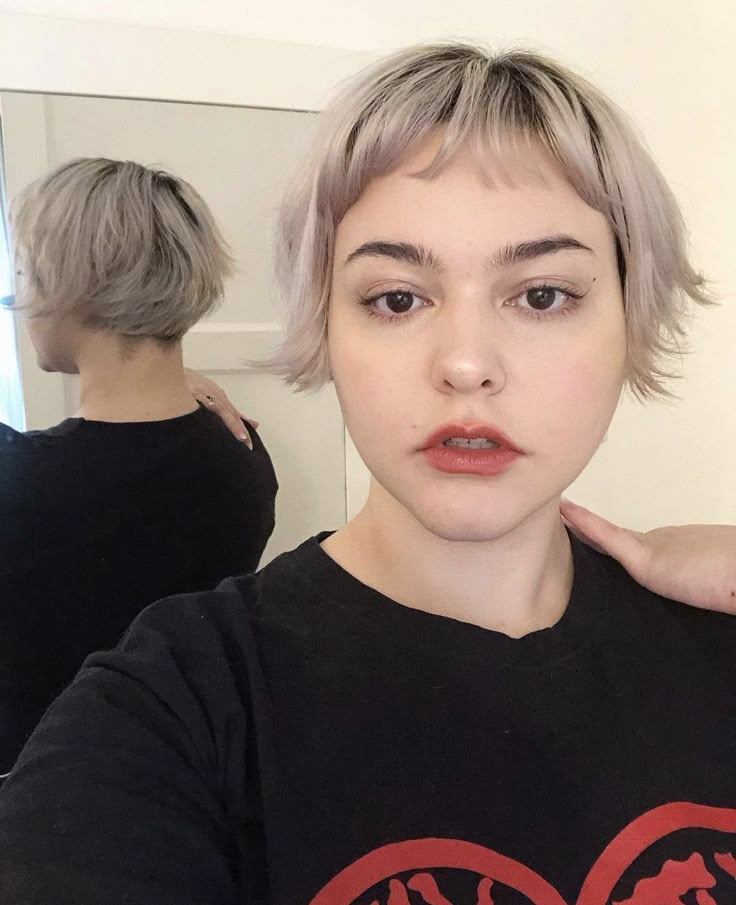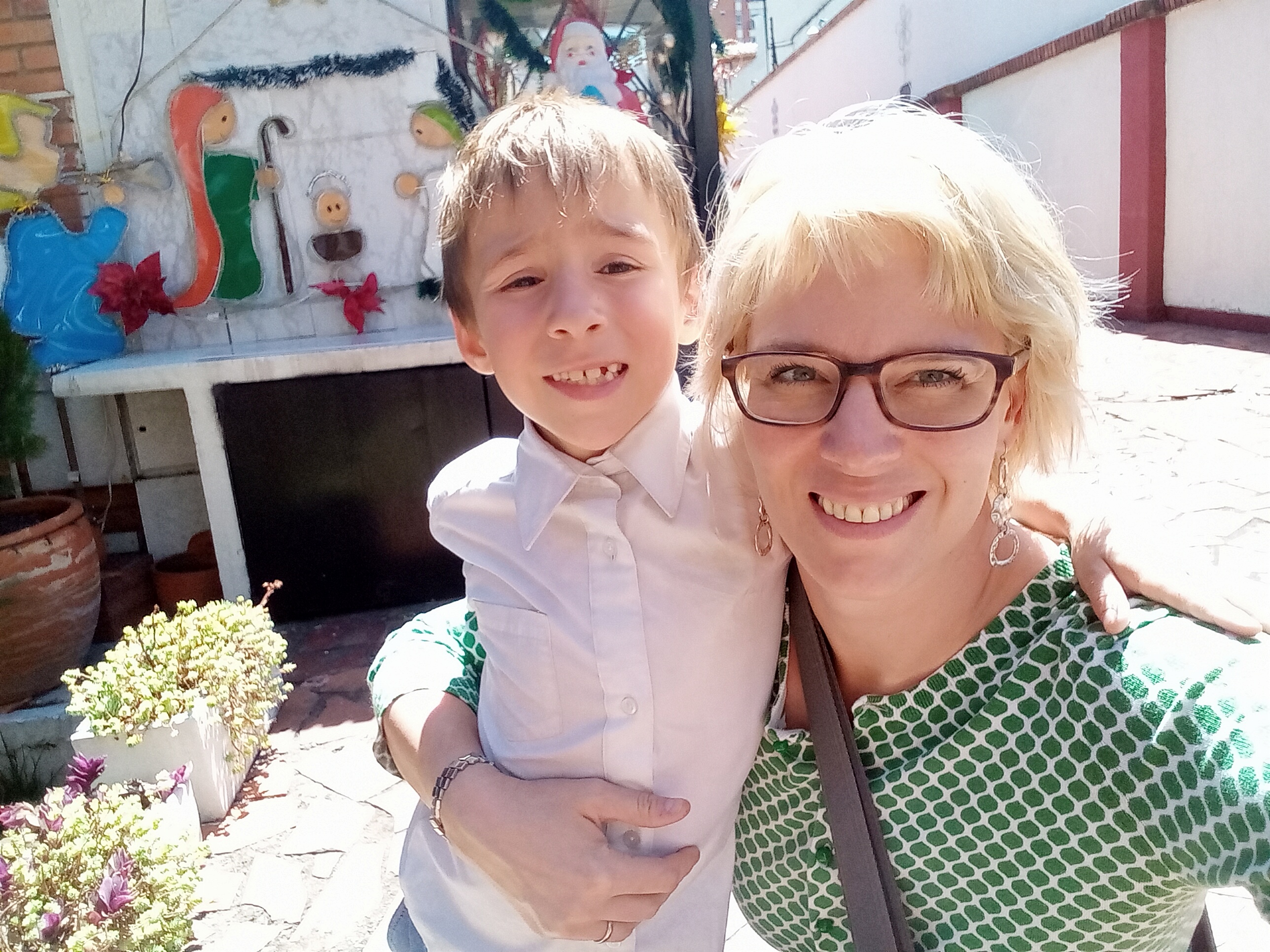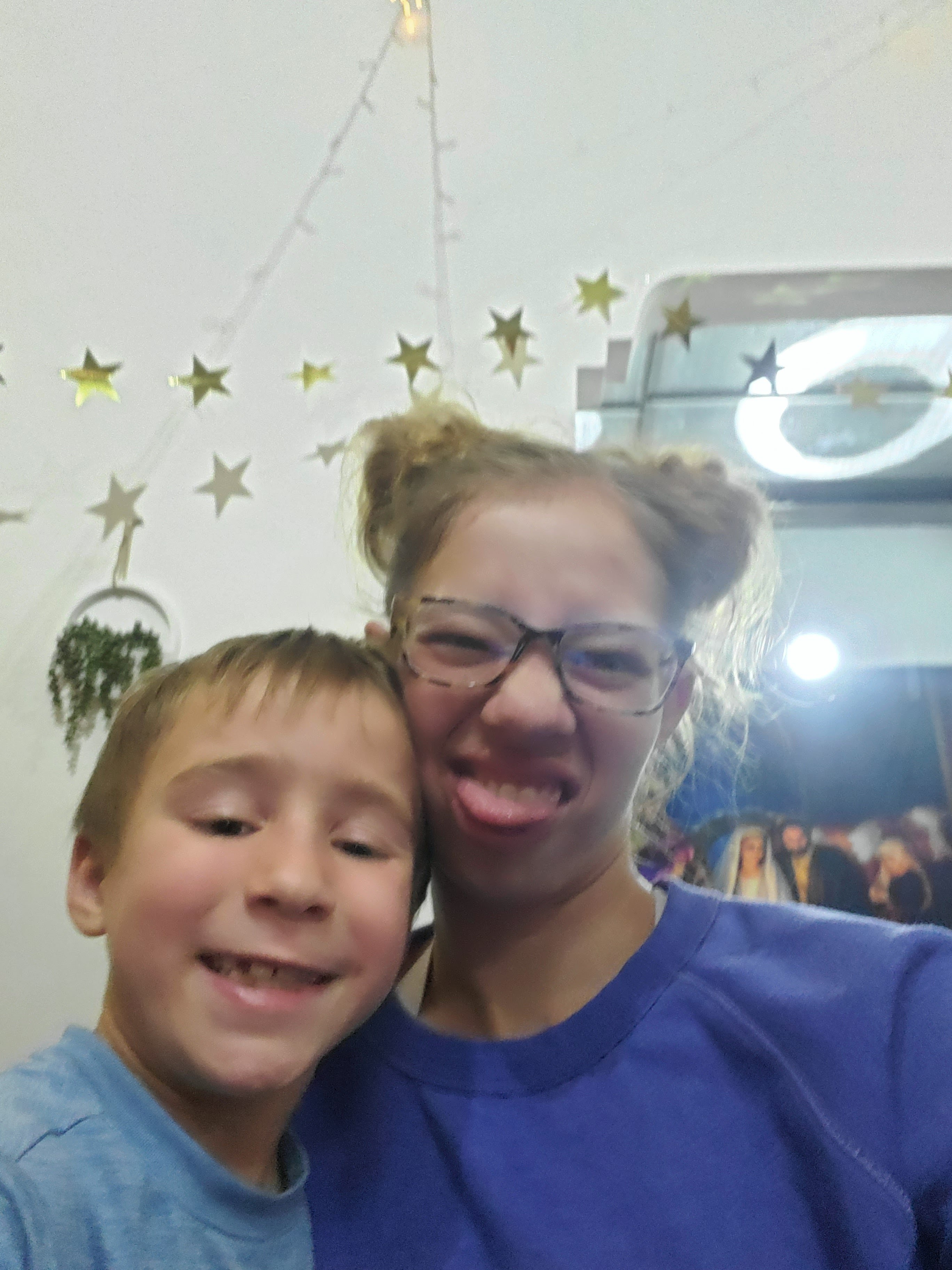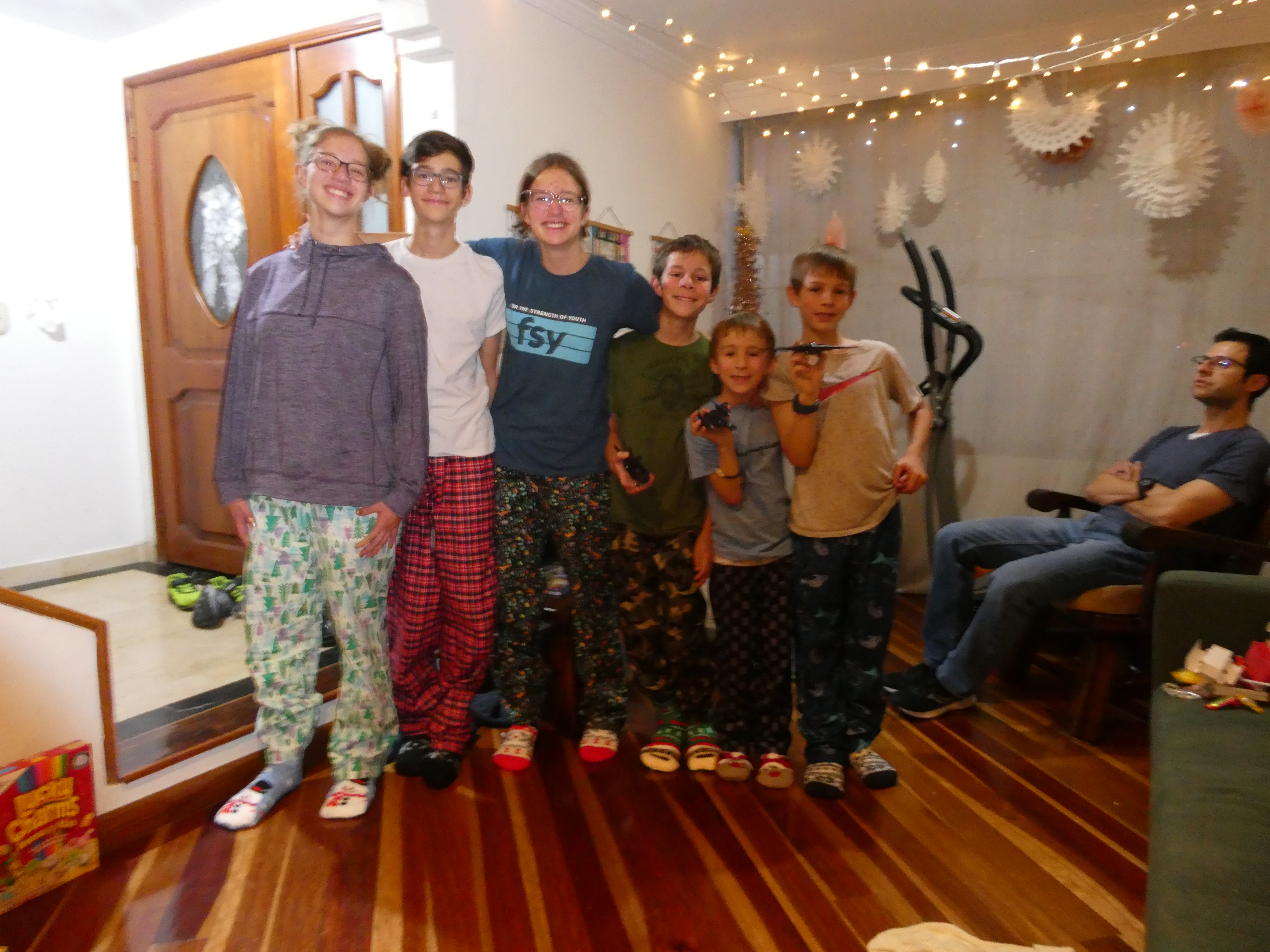My hair was getting long and the highlights had grown out and so I decided to get it cut. And the cut was awful. I don't think Colombians know how to cut thin, fine, short hair. I showed the lady these photos:


So literally I showed her the photos above, saying I wanted the shaggy chin length hair with short bangs. And once again this is what I got:
So I trimmed the bangs myself. Meanwhile I went somewhere else to get it highlighted (as seen in all the photos so far) and once again I HATED it.
Seriously it was this weird grayie brown, not at all what I normally do. And it made me look so old!!! Ugh. Like, the photos don't really show truly how bad it was.So I cut my hair some more. Cried. Went and had it highlighted again. Panicked that my hair would be fried and left sooner than the guy thought I should (he was right) and then went and bought hair dye myself. All in Spanish of course and dyed it/fried it myself.
This may have had the portrait filter on. But either way, it was now ghostly white.
Sebastian was scared for me. Better than the one I paid for at this point.
But still more cutting.
So success. I actually really liked it at this point.
You can't really see it in this photo, but this was just a week later.
And again can't really see, but kind of.
Me trying on clothes I really wanted to buy, but didn't.
I probably cut my hair again before this photo because it was a couple months later. So yeah, this time it turned out okay and the rest of the time I was in Colombia, I just cut and dyed my own hair. BUT it went downhill from here. Definitely not a sustainable thing!!
This is me. In fact, I may have put this on my blog before, I'm not sure.I feel this to my soul.














































































